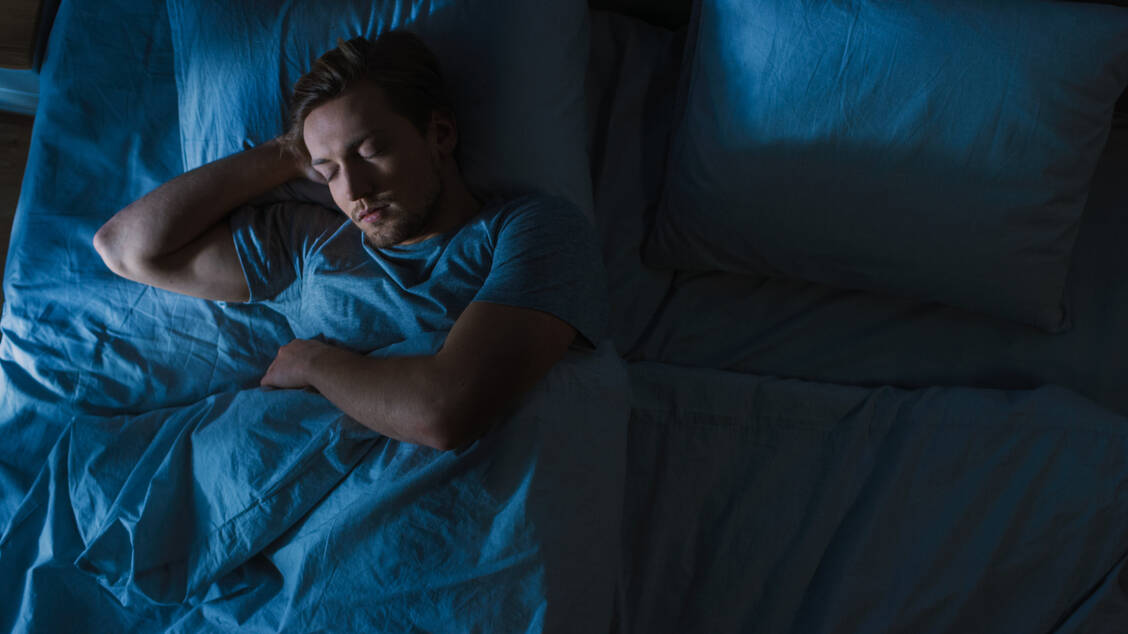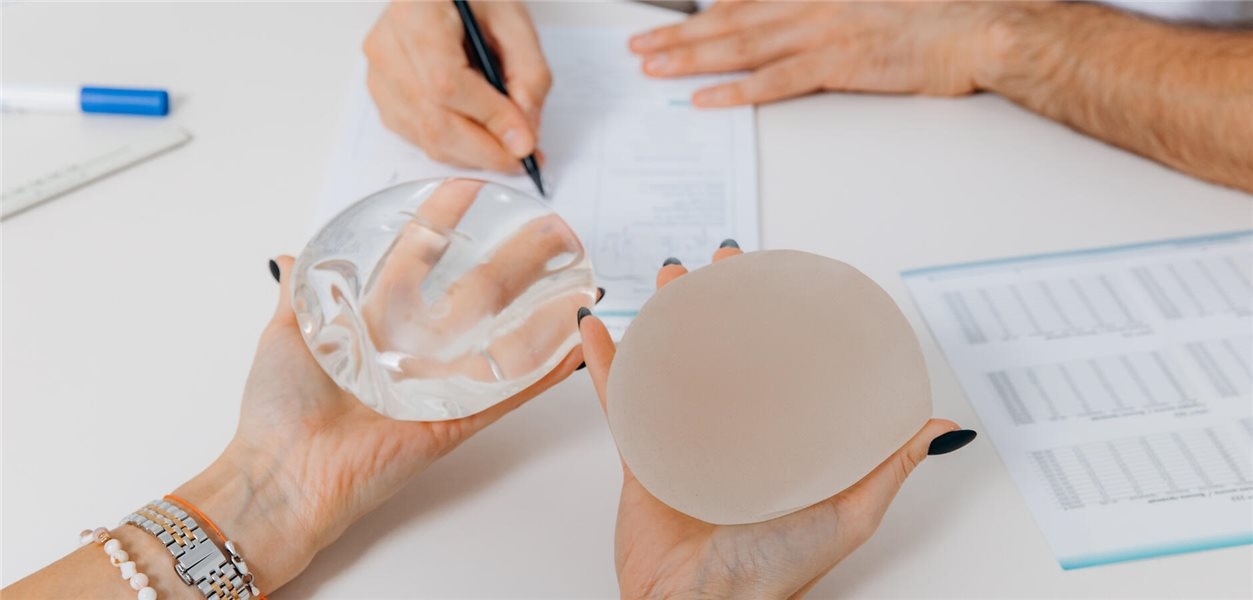Light pollution: Artificial light as a health threat



Artificial light not only disrupts sleep but also affects cardiovascular health. / © Adobe Stock/Gorodenkoff
Satellite images show that nighttime lighting increased by almost 50 percent worldwide between 1992 and 2017, with particularly large cities now barely getting dark. "In our study of 88,905 adults over the age of 40, we found that bright light at night is associated with a higher risk of coronary heart disease, heart failure, atrial fibrillation, myocardial infarction, and stroke," says the team led by Daniel Windred of Monash University in Melbourne. "These associations persisted even after controlling for known risk factors such as smoking, alcohol consumption, diet, and sleep duration."
For the long-term study, participants wore small sensors on their wrists for a week between 2013 and 2016, which measured light exposure every half hour. This data was used to calculate individual 24-hour light exposure profiles. In total, the international team from Australian, American, and English universities collected over 13 million hours of data. The participants were then medically monitored for nearly ten years to record any new cardiovascular disease.
Windred has already demonstrated the negative impact on the risk of developing type 2 diabetes in an analysis published in the Lancet .
The results of the study speak for themselves: Those exposed to strong artificial light at night had a 45 to 56 percent higher risk of heart attacks and heart failure compared to those with little or no exposure. The risk of strokes and coronary heart disease also increased by 28 to 30 percent in people with strong light exposure in the bedroom.
Even when the team took other factors such as lifestyle and sleep habits into account, the association between nightlight exposure and cardiovascular disease remained consistent. Only the risk of stroke fell below the significance threshold after adjusting for "short sleep" and "high cholesterol."
The study also revealed demographic nuances: It showed that women and younger people are particularly vulnerable to the effects of nighttime light exposure. "Women may be more sensitive to the effects of light that disrupts their body clock, which supports previous research," says senior co-author Professor Dr. Sean Cain. "In fact, women exposed to high levels of nighttime light had a similar risk of heart failure as men, which is unusual, as women typically have some natural protection against heart disease."
Even a small amount of light in the bedroom can disrupt the natural rhythm, the researchers say. However, higher daylight exposure was associated with a reduced risk of cardiovascular disease.

pharmazeutische-zeitung





